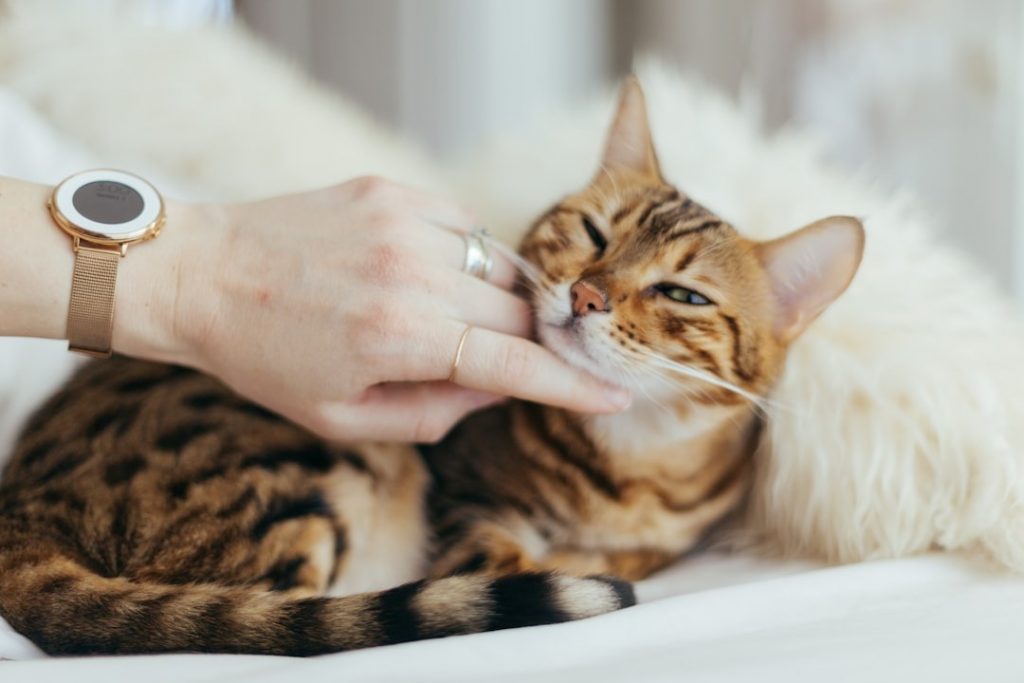Physical Address
304 North Cardinal St.
Dorchester Center, MA 02124
Physical Address
304 North Cardinal St.
Dorchester Center, MA 02124

The grooming requirements of dogs and cats change as they age in ways many owners may not expect. Arthritis, reduced flexibility, and alterations in the health of the skin and coat can all present difficulties for elderly dogs. Although older dogs used to be able to handle grooming alone or it used to be a little job, they now need more direct assistance.
Ignoring grooming can cause health problems, pain, even decreased mobility. Acknowledging ignored grooming issues in older dogs and cats enables pet owners to actively work to preserve the comfort, cleanliness, and dignity of their friends.
Senior pets frequently suffer from arthritis or joint stiffness, making it painful to reach areas they once groomed easily. Cats may stop licking themselves thoroughly, while dogs may resist brushing or nail trimming due to discomfort.
Aging alters skin elasticity, hydration, and oil production. Coats may thin, become dull, or tangle more easily. In cats, reduced grooming leads to mats; in dogs, undercoats may shed excessively and cause itching.
Vision, hearing, and smell often deteriorate with age. A pet that once tolerated grooming may now become startled by touch or noises, complicating routine care.
Pets experiencing dementia may resist grooming, forget routines, or show aggression when touched, requiring extra patience and adapted strategies.
Cats are usually fastidious groomers, but arthritis or dental pain can prevent them from keeping up. Mats pull on skin, trap dirt, and create painful sores.
Cats that scratch less often may develop overgrown or curling nails, which can puncture paw pads and lead to infections.
Senior cats may develop wax buildup or watery eyes. Without cleaning, these issues increase the risk of infections.
Dental disease is rampant in older cats and often overlooked. Bad breath, tartar, and tooth loss can cause systemic health problems.
Older dogs may shed more due to hormonal changes. Without regular brushing, loose fur can mat and trap heat.
Nails in senior dogs grow thicker and faster. If left unchecked, they can curl into paw pads, causing pain and mobility problems.
Dogs with floppy ears are particularly prone to infections. Senior dogs may need gentler but more frequent cleaning to avoid discomfort.
Big dogs often struggle with baths due to mobility issues. Getting them in and out of tubs safely becomes an overlooked challenge.
Mats and unclean coats trap moisture and bacteria, leading to fungal or bacterial infections.
Ticks, fleas, and mites thrive in neglected fur, increasing the risk of skin irritation and illness.
Overgrown nails or matted fur around paws and joints make walking uncomfortable.
Untreated dental disease can spread bacteria to vital organs, worsening overall health.
Soft-bristle brushes and detangling combs reduce discomfort while keeping coats smooth.
Using non-slip mats, handheld sprayers, and warm water makes bathing safer and less stressful.
Investing in high-quality clippers or grinders, and trimming gradually, helps prevent pain and injury.
Hypoallergenic shampoos and conditioners protect sensitive aging skin.
Look for groomers experienced in handling senior pets with medical or mobility challenges.
In some cases, pets require sedation or medical assistance for safe grooming, especially when severe mats or dental issues are present.
Regular brushing, nail trimming, and ear cleaning reduce buildup of problems.
Keep an eye on new lumps, wounds, or excessive shedding during grooming sessions.
Incorporating small grooming tasks into daily pet care prevents overwhelming issues later.
High-quality food supports skin hydration and coat shine.
Omega-3 fatty acids, vitamin E, and biotin can help improve fur and nail strength.
Calm music, gentle handling, and familiar surroundings help pets relax during grooming.
Beyond hygiene, grooming fosters closeness between pets and owners. For senior pets, these quiet, caring moments build trust, reduce stress, and provide comfort during a vulnerable stage of life.
1. How often should senior pets be groomed?
Cats may need weekly brushing, while most senior dogs benefit from brushing several times a week and monthly nail trims.
2. Is professional grooming safe for older pets?
Yes, when performed by experienced groomers. Some pets may require veterinary grooming if they have health complications.
3. Do senior pets need different grooming tools?
Yes. Softer brushes, hypoallergenic shampoos, and ergonomic nail clippers are recommended.
4. Why do older cats stop grooming themselves?
Arthritis, dental disease, or dementia often make grooming uncomfortable or confusing.
5. What’s the best way to bathe a senior dog?
Use warm water, non-slip mats, and a handheld sprayer. Short, gentle baths are best.
6. Can poor grooming affect my pet’s overall health?
Absolutely. Neglected grooming can cause infections, mobility issues, and worsen existing health conditions.
Overlooked grooming challenges in senior cats and dogs can have a serious impact on their health, comfort, and quality of life. With age, pets need more help maintaining hygiene, from brushing and nail trims to ear cleaning and dental care. By establishing regular routines, using senior-friendly tools, and seeking professional help when needed, pet owners can ensure their companions stay comfortable and healthy well into their golden years.
🔗 For more guidance on senior pet care, explore resources at the American Veterinary Medical Association (AVMA).